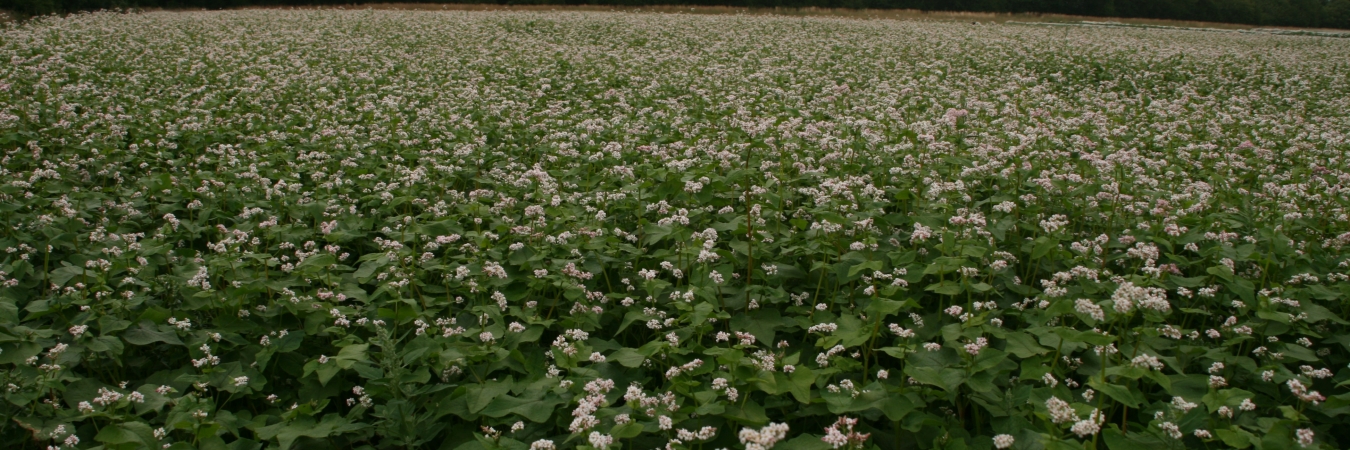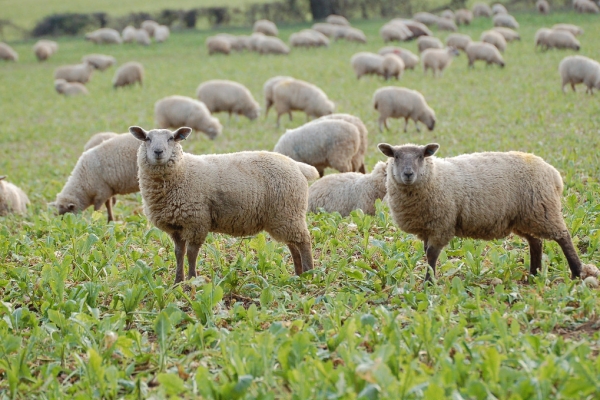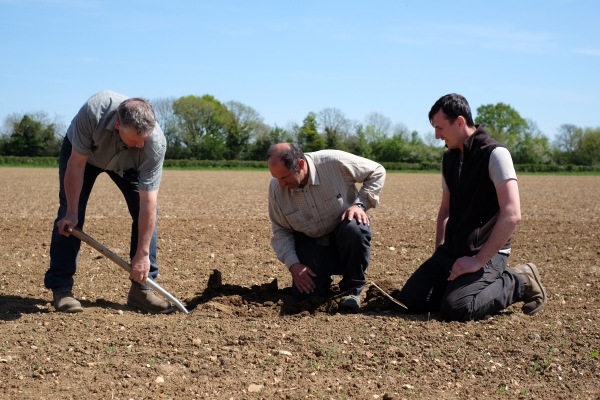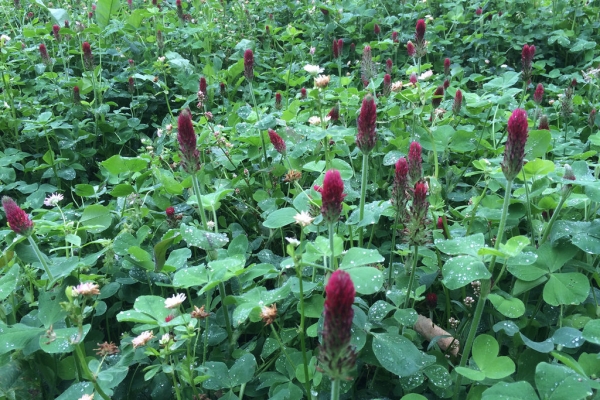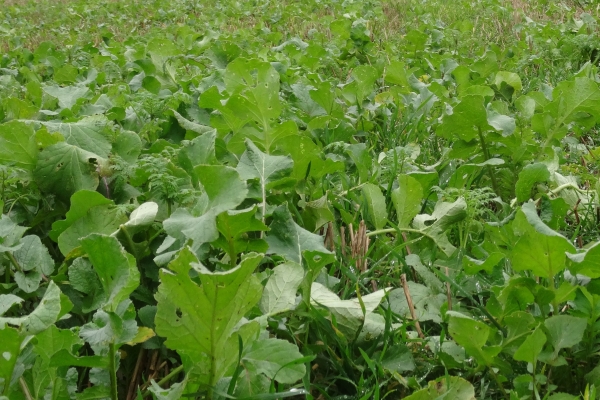Establishing summer cover crops before winter cereals in low tillage systems on sandy soils
DiverIMPACTS Practice Abstract
Resource explained
Periods of no plant cover between cash crops increase the risk of nitrogen (N) leaching, weed development and soil erosion, particularly on sandy soils where these effects can cause significant environmental and economic problems, alongside a lack of soil organic matter availability which results in a lack of nutrition for soil life and degradation of soil quality. Implementing fast growing cover crops is recommended to avoid soil erosion and guarantee the nutrition to soil life. This abstract, created as part of the DiverIMPACTS (Diversification through Rotation, Inter-cropping, Multiple Cropping, Promoted with Actors and value-Chains towards Sustainability) project, and derived from several German long and short-term field trials, outlines some of the benefits that can be attained and gives some practical recommendations for establishing summer cover crops, grouped under the headings of seedbed preparation, preferable cover crop mixture and cover crop management.
Findings & recommendations
- Fast growing cover crops can help stabilise cash crop yields by adding organic matter to the soil, increasing soil water infiltration. Cover crops also protect the soil from direct sun radiation, reducing surface temperatures.
- Left over N from the previous crop can be secured in different rooting zones by using crop mixtures with diverse rooting systems.
- To save important time for growth, sow cover crops as soon as possible after harvesting the previous main crop – remaining soil humidity can increase seedling emergence of the cover crop, allowing for faster growth.
- Cover crops should ideally be sown directly into a harvested field using sowing machines with disc (or double-disc) openers, harrow-openers and sufficient tools to close the slot.
- Residues of a previous crop may hinder sowing. If residues cannot be removed, mowing at a higher height and limiting crossing harvest direction while driving on the field before sowing can reduce the amount of residues laying across future seed-slots.
- Fast growing cover crops such as buckwheat and niger seed produce the most biomass in the given time and can outgrow volunteer cereals and weeds. High biomass production guarantees the best carbon sequestration.
- Lower soil temperatures and higher humidity under cover crops provide optimal conditions for soil life after harvesting the main crop.
- To increase the impact of cover crops, make sure you combine species with different rooting systems.
- It is recommended to sow your cash crop directly into the cover crop. If this is not possible, mechanical destruction of the cover crop by using a roller or mulcher should be done before sowing the cash crop.
- Ideal timing for destruction of cover crops is during the flowering period of most plants in the mixture.
The overall goal of the DiverIMPACTS project is to achieve the full potential of diversification of cropping systems for improved productivity, delivery of ecosystem services and resource-efficient and sustainable value chains. View the project website and other practice abstracts here.
